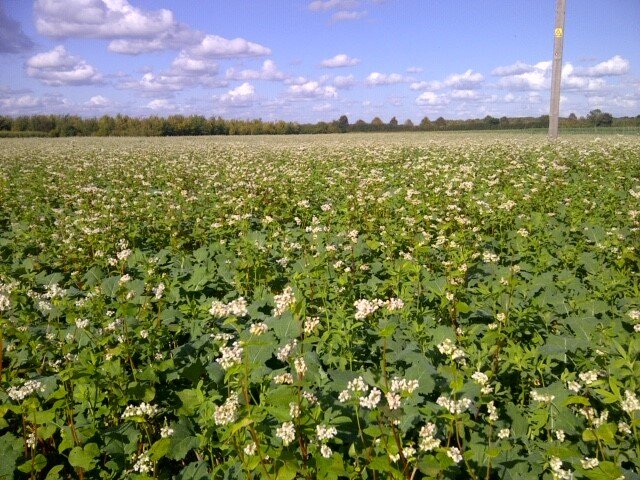Date: 08/2020
Whilst everybody is looking for a silver bullet to address the cabbage stem flea beetle (CSFB) problem now affecting many parts of the country, a single management action, new active or emerging genetic trait is highly unlikely to solve the problem anytime soon.
Few agrochemical interventions seem to make a big difference in the parts of the country where the CSFB numbers are at their highest.
The debate about early drilling versus later timings continues with strong advocates of both approaches but what seems right in one year is often contradicted in the next one.
One approach that is proving more reliable than others is the use of high vigour hybrid varieties that allow crops to establish quickly with continued rapid growth giving them the best chance of growing away from pest attack as they develop.
High yielding varieties like DSV Temptation, Darling and Dazzler also have a series of core characteristics such as TuYV resistance that help protect growing plants against abiotic stresses that can give weakened plants the best opportunity to recover after pest attack.
It’s the same with resistance to light leaf spot and RLM7 + resistance to phoma stem canker. Such characteristics have a vital role to play in keeping plants healthy so they have the best chance of compensatory growth mitigating against the affects of early plant damage.
Such varieties are also characterised by deep taproots and well-branched rooting systems that act as a store of vital energy for early growth and then later as a strong defence against droughts.
But for all these attributes to play their role in protecting young plants and creating the right plant architecture for high yields subsequently, seedlings have to establish and avoid the worst ravages of CSFB attack. This where companion cropping brings some hope.
Companion planting in OSR has two main objectives. The primary one is to reduce nitrogen fertiliser inputs by using legumes to fix atmospheric nitrogen and the secondary one is repelling or distracting insect pests.
It can be argued that in the UK, the most important of these is better pest control. For pest control, non-leguminous companion plants have been shown to prevent insect damage in autumn with species which reliably die off in winter or can easily be controlled with herbicides proving to be the most suitable.
